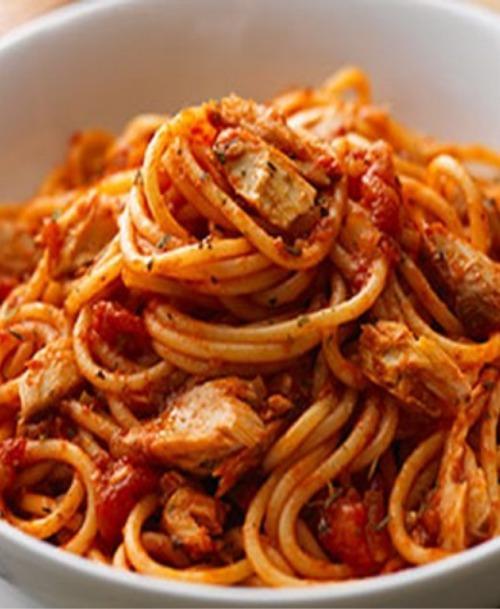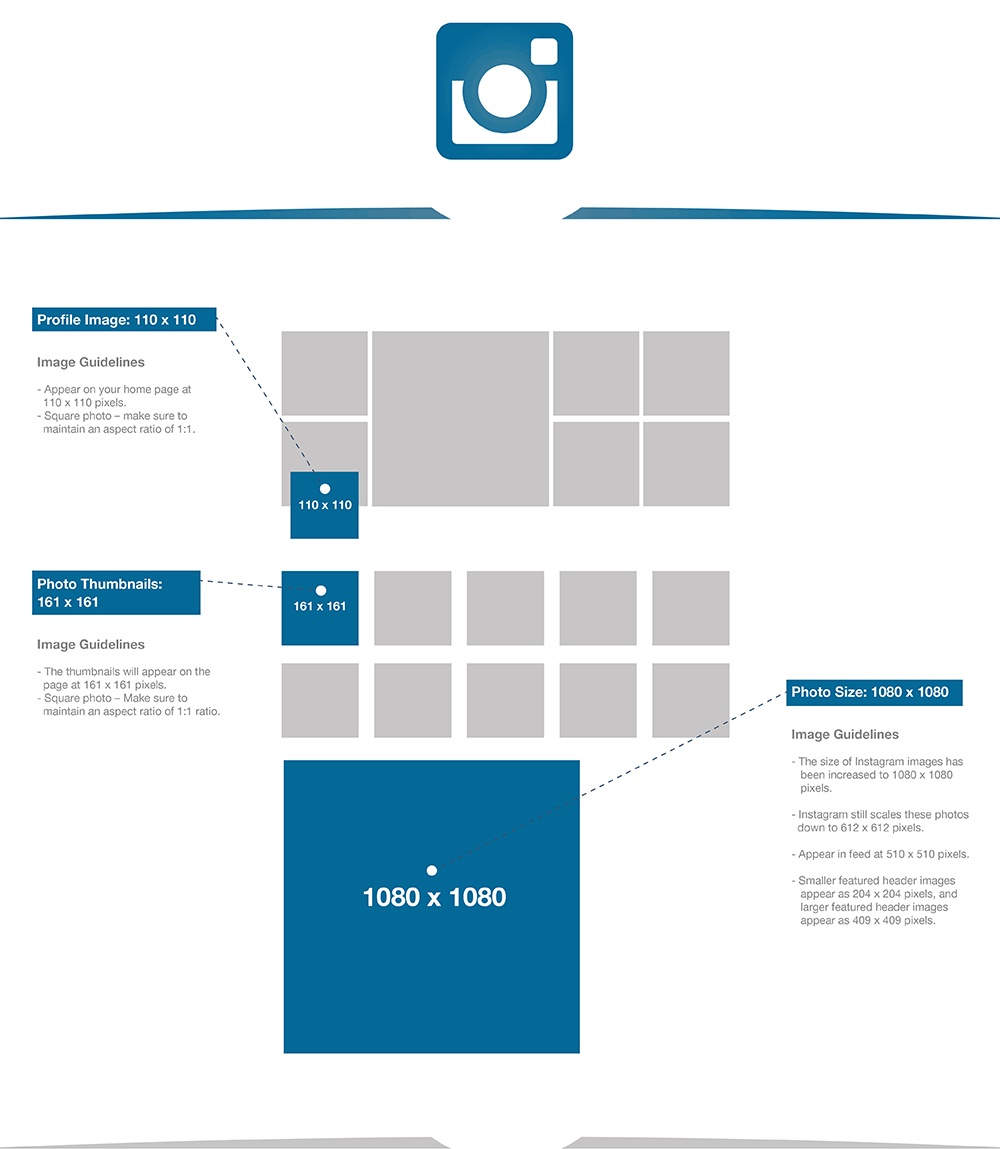Instagram is the fastest growing social network. Recently announced that it has reached the phantasmagorical figure of 1 billion active users per month! Unparalleled growth that represents a new revenue opportunity for food influencer and for those who know how to move in this new virtual world.
Images are powerful tools, which through their ability to be evocative and immediately arouse emotions are becoming the preferred channel for advertising. The images strike our imagination, launch powerful messages and are the preferred means of communication for the most glamorous sectors: from fashion to travel, from entertainment to personal care, and of course, a favorite channel for food and drink.
Those who can create evocative images have more chances to succeed and therefore earn on Instagram.
Why become a food influencer
On social networks and on Instagram in particular we spend more and more time. For this reason companies are investing more and more money in advertising campaigns on social networks and less on TV. If once we were paying testimonials famous for commercials, today each of us can be a testimonial or brand ambassador if he has an active and true follower community to offer (forget bot and followers in oozing, companies know how to unmask profiles inflated). A good profile that follows the right rules of growth will be able to earn with the sponsorship paid by companies.
How we can become successful food influencer
Important premise: achieving success on social media is not instantaneous, and there are many recipes for how to achieve it, but one element can not be ignored: the contents. What do I say? What do I show? What do I communicate? Images are the basis of success and allow us to stand out from the crowd. With our indications and some foresight the way to become successful food influencer will not be so difficult! Here are the most important to follow to create non-trivial photos of quality!
How to make quality photos
1) No menù effect board
Avoid taking only the plate. Having a board with only close-ups of dishes makes it difficult to communicate anything other than the ingredient of the recipe and above all preclude any possibility of creating a “story”, the basic element to be called by companies to promote a product.
See the difference between the two photos below. With the first you can certainly be good food bloggers, but only with the second you can be a food influencer.
2) Making structured photos
A picture to be captivating, evocative and exciting must tell a story. There must be actors: products, ingredients, which are set on a stage where everything contributes to the narration, from the type of light, the direction, the atmosphere, to the objects and accessories present in the frame. Staging is important because only through this is communicating a message. If there is no message, if your photos are just a succession of dishes in the foreground the brands will have no way or interest to use your “word”.
3) A effective scenic set
Creating striking and structured photos is important to attract likes, followers and then sponsorships. It is not enough to have the latest model of SLR to succeed. First we have to ask ourselves some questions: what message do we want to pass? What kind of emotion do we want to communicate? (intimate and melancholic emotions with dark or solar atmospheres with light colors and bright atmospheres?) Do we have our own style that makes us unique and recognizable? Have we chosen the best shot that maximizes the pot? (Do not stop at the classic 45 ° but study different angles and make more shots to choose the best) Once we have answered these questions we create our set with quality props and wallpapers. These are basic because they define the character of the image, enhance it and improve it. For business photos, choose the best products. The economic choices if acceptable for amateur photos are not for the business world.
No company wants to link its brand to dozens of photos
For high quality photos you need professional backgrounds and props. Such as the Texturit real wood backgrounds, among the most used accessories.
4) The image format
As for the size of the privileged images, the square and the vertical format. Avoid the horizontal format because it reduces the image and consequently its evocative force.
- Recommended size for photos in a 1: 1 ratio: 1.080 x 1.080 pixel.
- Recommended dimensions for vertical photos: 1.080 x 1.350 pixel
5) Limit multiple photos
The attention that normally is devoted to reading and interpretation of the text on social media is minimal, calculated in an average of 6 seconds. Once this threshold of attention is exceeded, the user goes further. It is necessary to “strike immediately” avoiding the superfluous. Multiple photos are an excess, because it will be difficult to go beyond the second one. If you want to make it for an effective communicative need (example to list the ingredients of a recipe, etc.)
6) Use the Stories with care
For the same reason, on said the value of “engagement” which has a story published on Instagram Stories (ie the ability to attract users) decreases with the increasing number of stories that follow each other. So choose the image considered most significant and post it as before the day.
7) Hashtag: use them all
On Instagram it is important to be found, especially after the n change of algorithm that made the climb more difficult. In order to be found, it is essential to use hashtags, the famous terms preceded by a pound sign that highlight a category of interest. Select both those with more audience es. #food #foodporn is both niche and sectoral, because more audience means more public but also more competition among the photos that use them.
Instagram allows you to use 60 tags per post (30 in a comment and 30 in the caption of the post) Use them all!
To the first million followers maybe we can do without it;)
These are some tips that can certainly help you create quality content to become successful food influencers. Start now by imagining your next image, perhaps leaving you inspired by an accessory or the color of a background.




